Very common and well worth putting in the pot although some books belittle this mushroom.
Home / Mushroom Guide /
Ochre Brittlegill
Ochre Brittlegill
| Mushroom Type | |
| Common Names |
Ochre Brittlegill (EN), Common Yellow Russula, Yellow Brittlegill, Tegyll Brau Melyn (CY), Gołąbek Brudnożółty (PL), Fakósárga Galambgomba (HU) |
| Scientific Name |
Russula ochroleuca |
| Synonyms |
Russula citrina |
| Season Start |
Aug |
| Season End |
Nov |
| Average Mushroom height (CM) |
8 |
| Average Cap width (CM) |
10 |
Please note that each and every mushroom you come across may vary in appearance to these photos.
Possible Confusion
Other Russulas. As long as the cap is yellow you are fairly safe with Russulas with one important exception, The Geranium Brittlegill (Russula fellea), pictured, which is paler yellow, smells of geraniums and is poisonous, the smell is the best identification of this fungi. Another test for Russulas is the taste test, if a tiny amount placed on the tongue and chewed a burn like chilli means the mushroom is poisonous, a pleasant mushroomy taste means it is edible. The peppery taste of this mushroom is mild and not like chilli. This test should only be attempted when you are certain you have a mushroom from the Russula family.
Taste / Smell
Slightly hot or peppery when raw.
Frequency
Very common and widespread.
Other Facts
The Russula family split from other mushrooms, evolutionarily, many years ago and have round cells instead of most other living organisms which have elongated cells, this gives Russulas the common name Brittlegills as the cells make the mushroom brittle.
In March 2025 the IUCN (International Union for Conservation of Nature) added 1000 fungal species to the IUCN Red List of Threatened Species. The IUCN (Global) Conservation Status of Ochre Brittlegill (Russula ochroleuca) is: LC – Least Concern, with stable population. For more information, see on the following link.


 (37 votes, average: 3.95 out of 5)
(37 votes, average: 3.95 out of 5)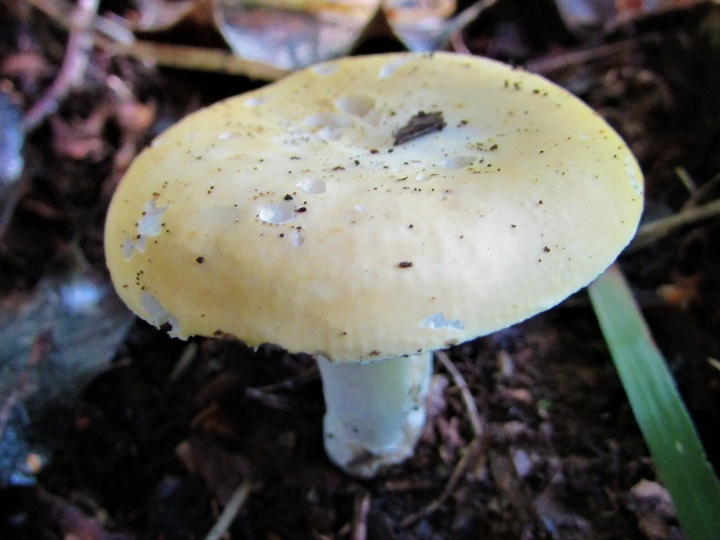
















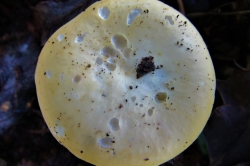
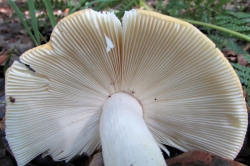
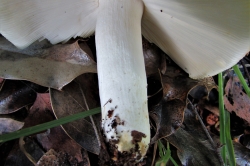
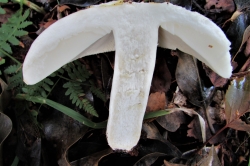
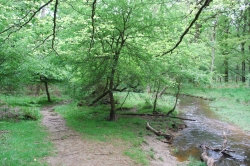
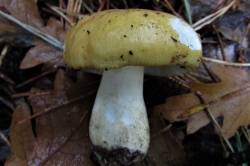
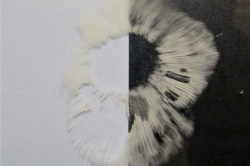
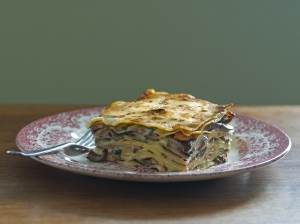
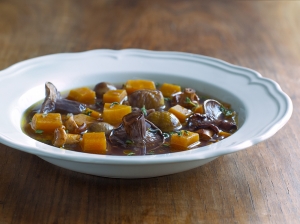
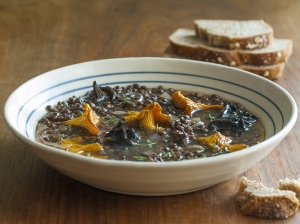
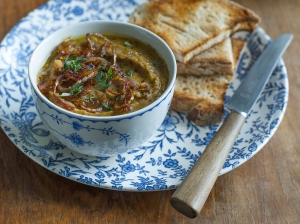
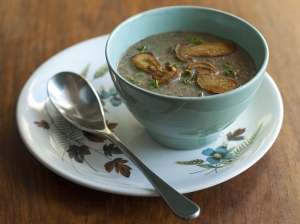
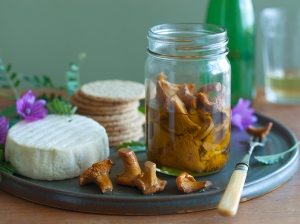
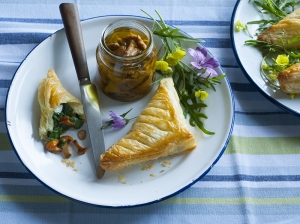
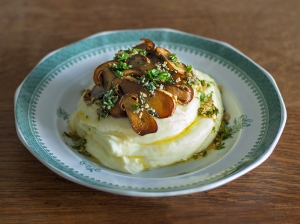
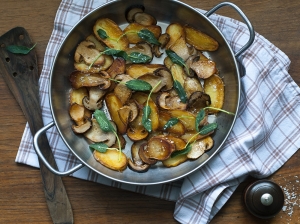







Leave a Reply